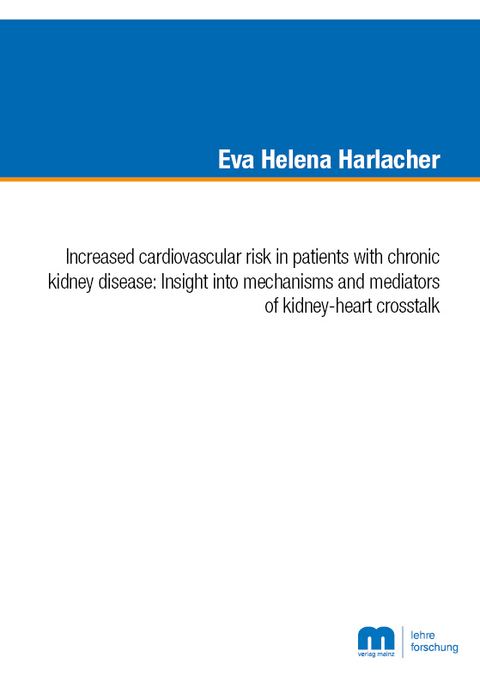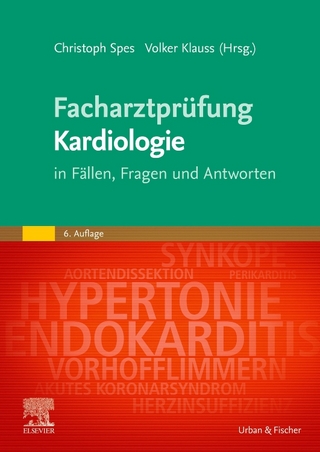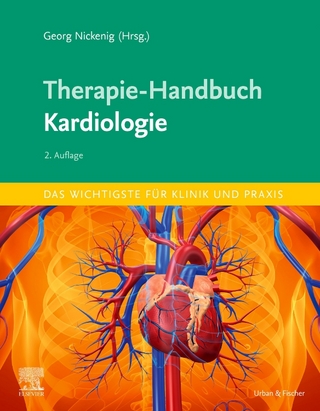Increased cardiovascular risk in patients with chronic kidney disease: Insight into mechanisms and mediators of kidney-heart crosstalk
Seiten
Cardiovascular diseases (CVD) are the most common cause of death worldwide. According to the Federal Statistical Office, they were responsible for around 34% of deaths in Germany in 2020. A comparison of the statistics from 2019 with those from the year 2000 shows that the largest increase in deaths worldwide is attributable to CVDs, raising by 2 million deaths to 8.9 million in 2019. CVD includes various malfunctions of the cardiovascular system. CVD affects not only the heart and brain but also blood vessels and organs.
Within CVDs, a distinction is made between different subtypes based on the localization of disease. Coronary heart disease, which also includes myocardial infarction (MI), describe an occlusion of blood vessels supplying the heart muscle. Other subtypes are cerebrovascular diseases and peripheral arterial diseases, which cause occlusion of vessels supplying the brain, respectively, the extremities or other organs. Cerebrovascular diseases include stroke, which together with myocardial infarction accounts for about 85% of all CVD-related deaths. Worldwide, ischemic heart disease accounts for 16% of deaths and stroke is responsible for 11%, thus together representing the main causes of death . Both myocardial infarction and stroke are caused by the same pathology - atherosclerosis, a chronic lipid-driven inflammatory disease of the arteries that can lead to the formation of thrombi and occlusions of oxygen-supplying vessels. Triggered by a disturbed laminar flow especially in branches or bends of blood vessels, atherosclerotic lesions - also called atherosclerotic plaques – gradually develop over time, built out of fat that accumulates in the vessel wall together with inflammatory cells, such as monocytes or neutrophils, that infiltrate into the vessel intima. As plaque size increases, blood vessels become more and more constricted and the plaque, which is normally separated from the bloodstream by a protective endothelial cell layer and the formation of a fibrous cap covering the lesion, may rupture. Rupture of atherosclerotic lesions can lead to the formation of a thrombus and thus also to the blockage of smaller arteries. This leads to myocardial infarction in case of artery occlusion in the heart or to stroke in case of occlusion of brain arteries.
The development, progression and clinical end point of CVDs, but also of the underlying pathology, depend on a large number of risk factors. Some of these are modifiable, while others are beyond one's control. Modifiable risk factors related to the behavior are excessive smoking, alcohol intake, unhealthy nutrition, and lack of physical activity. They cause metabolic risk factors like high blood pressure, increased blood sugar, increased obesity and increased blood fat. These consequences can lead to CVD individually or in combination. Other, non-modifiable risk factors are gender, race/ethnicity, genetical predisposition or advanced age. By 2030, 20% of the world's population is estimated to be over 65 years of age, so the importance of CVD and the associated treatment costs will increase as the number of cases rises. In addition to the mentioned risk factors, some diseases are risk factors for CVD. These include diabetes, chronic respiratory diseases or renal dysfunction, such as chronic kidney disease (CKD).
Within CVDs, a distinction is made between different subtypes based on the localization of disease. Coronary heart disease, which also includes myocardial infarction (MI), describe an occlusion of blood vessels supplying the heart muscle. Other subtypes are cerebrovascular diseases and peripheral arterial diseases, which cause occlusion of vessels supplying the brain, respectively, the extremities or other organs. Cerebrovascular diseases include stroke, which together with myocardial infarction accounts for about 85% of all CVD-related deaths. Worldwide, ischemic heart disease accounts for 16% of deaths and stroke is responsible for 11%, thus together representing the main causes of death . Both myocardial infarction and stroke are caused by the same pathology - atherosclerosis, a chronic lipid-driven inflammatory disease of the arteries that can lead to the formation of thrombi and occlusions of oxygen-supplying vessels. Triggered by a disturbed laminar flow especially in branches or bends of blood vessels, atherosclerotic lesions - also called atherosclerotic plaques – gradually develop over time, built out of fat that accumulates in the vessel wall together with inflammatory cells, such as monocytes or neutrophils, that infiltrate into the vessel intima. As plaque size increases, blood vessels become more and more constricted and the plaque, which is normally separated from the bloodstream by a protective endothelial cell layer and the formation of a fibrous cap covering the lesion, may rupture. Rupture of atherosclerotic lesions can lead to the formation of a thrombus and thus also to the blockage of smaller arteries. This leads to myocardial infarction in case of artery occlusion in the heart or to stroke in case of occlusion of brain arteries.
The development, progression and clinical end point of CVDs, but also of the underlying pathology, depend on a large number of risk factors. Some of these are modifiable, while others are beyond one's control. Modifiable risk factors related to the behavior are excessive smoking, alcohol intake, unhealthy nutrition, and lack of physical activity. They cause metabolic risk factors like high blood pressure, increased blood sugar, increased obesity and increased blood fat. These consequences can lead to CVD individually or in combination. Other, non-modifiable risk factors are gender, race/ethnicity, genetical predisposition or advanced age. By 2030, 20% of the world's population is estimated to be over 65 years of age, so the importance of CVD and the associated treatment costs will increase as the number of cases rises. In addition to the mentioned risk factors, some diseases are risk factors for CVD. These include diabetes, chronic respiratory diseases or renal dysfunction, such as chronic kidney disease (CKD).
| Erscheint lt. Verlag | 28.6.2024 |
|---|---|
| Verlagsort | Aachen |
| Sprache | englisch |
| Maße | 148 x 210 mm |
| Gewicht | 248 g |
| Themenwelt | Medizinische Fachgebiete ► Innere Medizin ► Kardiologie / Angiologie |
| Technik ► Umwelttechnik / Biotechnologie | |
| Schlagworte | Biotechnologie • blocking of arteries • Chromatography • Dissertation • Fakultät für Naturwissenschaften • Herzinfarkt • Herzkreislauferkrankung • Herzversagen • Kidney function • mass-spectometry • Nierenerkrankung • post-myocardial infarction • RWTH Aachen University • Uremic toxins |
| ISBN-10 | 3-95886-521-6 / 3958865216 |
| ISBN-13 | 978-3-95886-521-1 / 9783958865211 |
| Zustand | Neuware |
| Haben Sie eine Frage zum Produkt? |
Mehr entdecken
aus dem Bereich
aus dem Bereich
in Fällen, Fragen und Antworten
Buch | Softcover (2024)
Urban & Fischer in Elsevier (Verlag)
89,00 €
Diagnostik und interventionelle Therapie | 2 Bände
Buch (2024)
Deutscher Ärzteverlag
349,99 €




